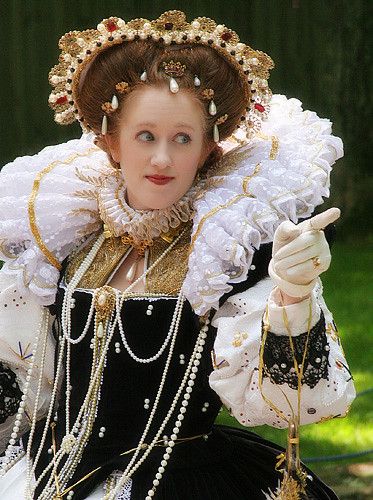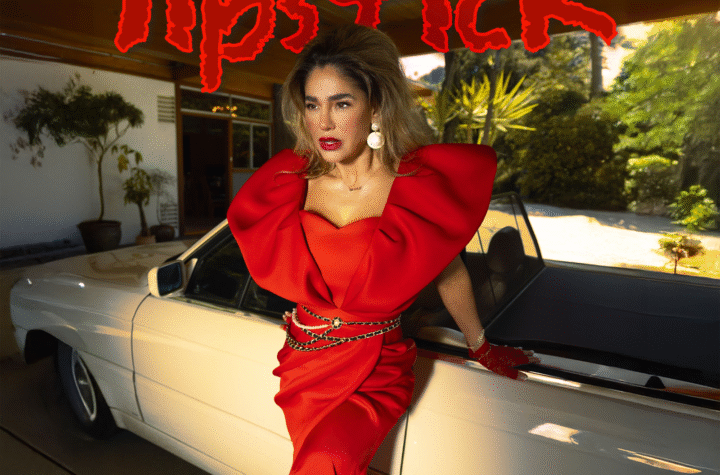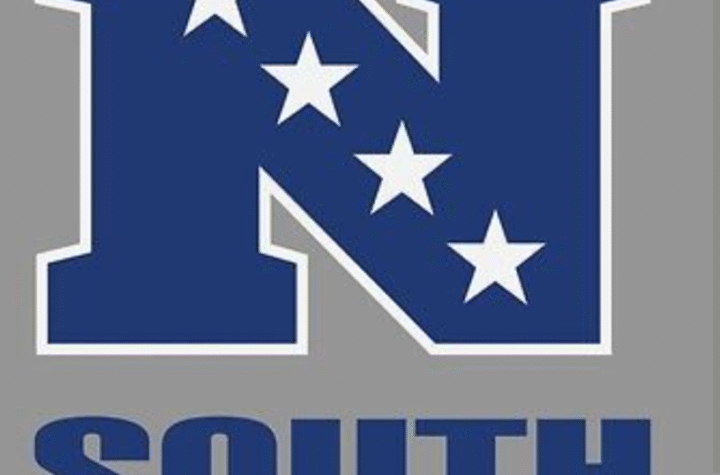
The Ruff Collar: A Symbol of Elizabethan Status and Fashion
The ruff collar stands out as one of the most iconic elements of Elizabethan attire, frequently associated with figures like Queen Elizabeth I and playwright William Shakespeare. Initially a simple ruffle, this accessory evolved into a striking feature of fashion in 16th-century England, transforming into elaborate, fan-like structures that encircled the necks of the elite.
Origins and Evolution
Beginning as a modest detail on a shirt, the ruff soon became a fashionable statement, representing both wealth and social standing. During the early 1500s, men typically showcased only a small ruffle beneath their doublets. However, the mid-1500s brought a wave of Spanish influence, leading to the adoption of larger, more extravagant collars by the English nobility.
A Reflection of Hierarchy
In a society defined by strict hierarchies, fashion served as a means of visual communication regarding one’s status. The more elaborate the ruff, the greater the significance of its wearer. Queen Elizabeth I exemplified this dynamic; her reign beginning in 1558 saw her utilize her striking wardrobe, complete with elaborate ruffs, to assert her authority. This created a trend that resonated across all social classes, prompting people of various ages to adopt their own versions of the ruff.
To maintain a clear distinction between social classes, Elizabeth enforced sumptuary laws established by her father, Henry VIII. These regulations restricted the opulent clothing and accessories to the upper echelons of society, ensuring that only the wealthy could don the most elaborate ruffs.
Construction and Maintenance
The average ruff required an astonishing 15 to 20 feet of fabric, a reflection of the intricate craftsmanship involved in its creation. By the 1580s, ruffs had reached new heights—some, like the cartwheel ruff, extended dramatically outward and needed structural support from wire frameworks to maintain their shape. Despite their impressive appearance, these collars were challenging to care for; they were rigid yet delicate, demanding time and resources that only the affluent could afford.
End
Ultimately, the ruff collar was more than a mere fashion statement. It was a complex symbol of power, wealth, and social structure in Elizabethan England. While fashionable even among working-class citizens, the practicality and care required for ruffs often confined them to the upper class, further highlighting the role of fashion as a marker of social hierarchy during this vibrant era.
Resource : History Facts Photo credit : Photo by





More Stories
New York African Film Festival Showcases Powerful Voices at Film at Lincoln Center
Tiffany & Co. x CFDA Jewelry Designer Award: A Career-Changing Opportunity for Emerging Talent
Live from the Steps! The 2025 Met Gala Explores “Superfine: Tailoring Black Style” in a Galaxy of Stars and Style